
Week's Best Space Pictures: Clusters Form, Opportunity Pans, and Orion Is Assembled
By Jane J. Lee, National Geographic News, 17 October 2014.
By Jane J. Lee, National Geographic News, 17 October 2014.
Galaxy clusters give up secrets, a Mars rover takes a panorama, and the Orion spacecraft takes a step closer to completion in this week's best space pictures.
1. Ringside Seats Show Saturn's Gaps
One of Saturn's many moons, Tethys, gleams brightly and offers a peek from between the planet's A and F rings, in an image released October 13.
The space between the two rings is known as the Keeler gap, and another smaller moon (not pictured), Daphnis, keeps the area clear of dust and ice. (See "Saturn Moon Harbours Ocean, Raising Possibility of Life.")
2. Target Acquired
NASA's New Horizons spacecraft - slated to fly by Pluto in July 2015 - might now also target three Kuiper belt objects, distant jumbo comets discovered by the Hubble Space Telescope.
Pluto is considered one of the kings of the Kuiper belt, a ring of comets surrounding our solar system that has never been visited by a spacecraft. (See "Three New 'Plutos'? Possible Dwarf Planets Found.")
Researchers believe Kuiper belt objects are pristine examples of what the early solar system looked like 4.6 billion years ago. And the three identified objects (one shown above in an artist's illustration) could be in range of New Horizons after it zips past Pluto, formerly designated a planet. (See "In a Planet-or-Not Debate, Some Astronomers Say 'Long Live Planet Pluto'.")
3. Late Bloomers
Sextans A, a small galaxy 4.5 million light-years away from Earth, is no place for a young star. The galaxy lacks heavy metals, which can spur star birth and growth. However, Sextans A still interests researchers, who are eager to see how stars bloom in such impoverished conditions.
The image above, taken by the European Space Agency and released October 15, shows gas in purple, young stars in blue, and the heat from newly formed stars in yellow and orange.
4. Martian Vista
On the move on Mars, the panoramic camera on NASA's Opportunity rover snapped this true-colour image of Wdowiak ridge while trundling along the western rim of Endeavour crater in September. The rover's tracks - about 3.3 feet (a meter) apart - are visible on the right.
The ridge takes its informal name from the late Thomas Wdowiak, a rover team scientist who died last year.
5. Smooth Ride
Aiming for a smoother voyage for future space explorers, technicians fit the third of four airflow panels to NASA's new Orion Launch Abort System in an image released on October 13.
The new spacecraft's panels will limit sound and vibration, to ensure a smoother, quieter ride for the astronauts inside. Unmanned flight testing of the Orion spacecraft begins in December 2014. (See "First Asteroid With Rings Discovered.")
6. A Galaxy Far, Far Away
The Hubble Space Telescope captures three views (boxes) of an incredibly distant galaxy, hidden amid a closer cluster of galaxies called Abell 23, in an image that was released October 16.
The varied views of the distant galaxy, 13 billion light-years away, come courtesy of a phenomenon known as gravitational lensing.
Here's how it works: The massive gravity of Abell 23, located between observers on Earth and the far-off object, bends the light from the more distant galaxy. Like a lens, this bending magnifies the appearance of the object, making it seem larger. The effect also splits the view of the galaxy into three parts.
This tiny galaxy is one of the most distant ever seen, and it's giving astronomers a glimpse into the earliest moments of the universe. (See "Astronomers Solve Mystery of Superbright Supernova.")
7. A Desert Test
A DC-8 research airplane flies over the Mojave Desert in California in an image taken October 16. The routine test flight put instruments for NASA's IceBridge project through their paces to ensure proper function before the plane left for fieldwork in Antarctica, monitoring ice.
8. Cluster Formation
An artist's illustration released on October 15 depicts a galaxy cluster forming in the early universe. It's reminiscent of the Spiderweb galaxy, which developed roughly ten billion years ago and is one of the best examples known of the formation of a galaxy cluster.
9. Chaos Reigns
The peaks and valleys in this image of the base of the Valles Marineris canyon on Mars are known as chaotic terrain. The features resemble the ridges carved on Earth by wind and water.
In fact, researchers think that layered deposits shown in this image may have accumulated in an ancient Martian lake that formed farther up the canyon.
Photo gallery by Sherry L. Brukbacher.
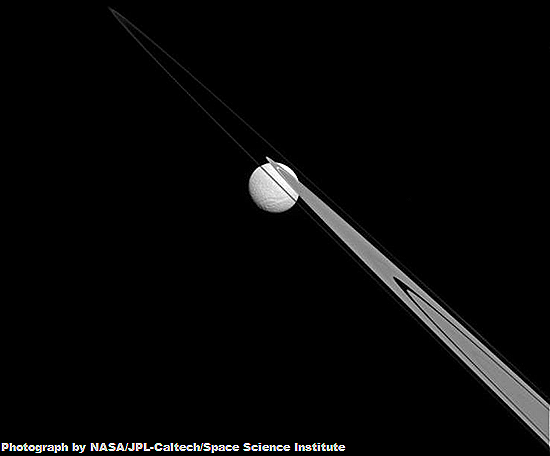
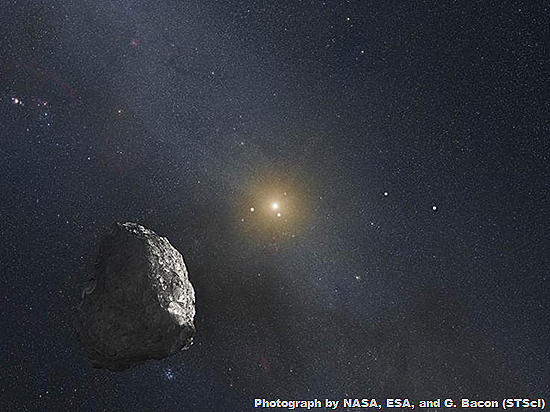
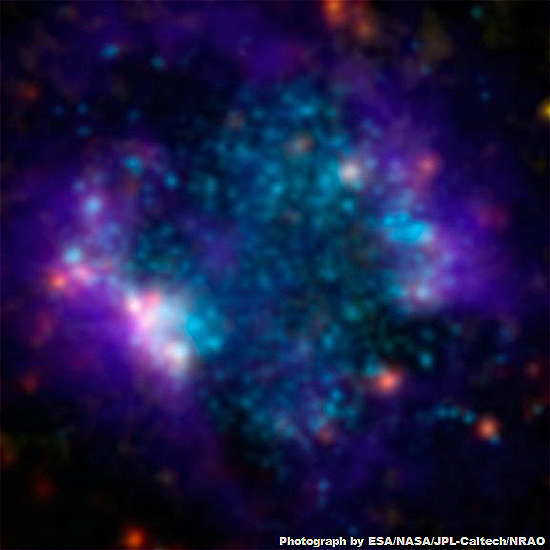

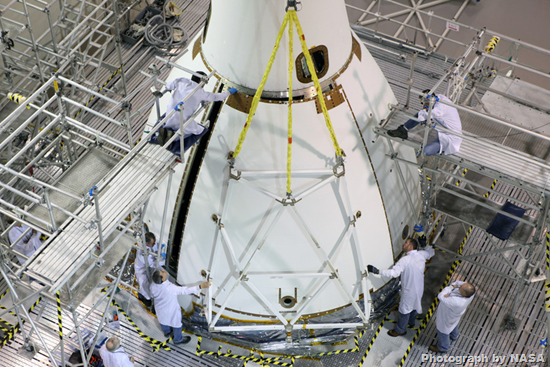
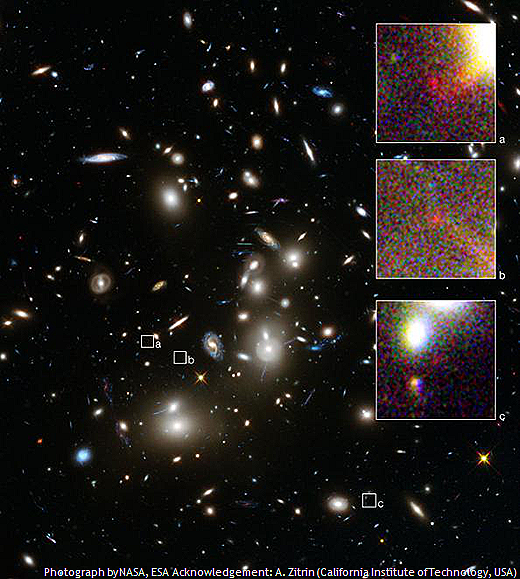
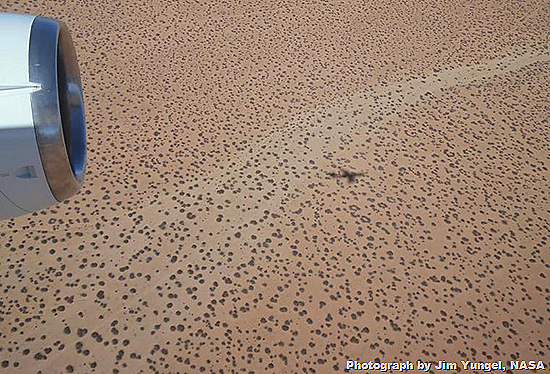


No comments:
Post a Comment
Please adhere to proper blog etiquette when posting your comments. This blog owner will exercise his absolution discretion in allowing or rejecting any comments that are deemed seditious, defamatory, libelous, racist, vulgar, insulting, and other remarks that exhibit similar characteristics. If you insist on using anonymous comments, please write your name or other IDs at the end of your message.